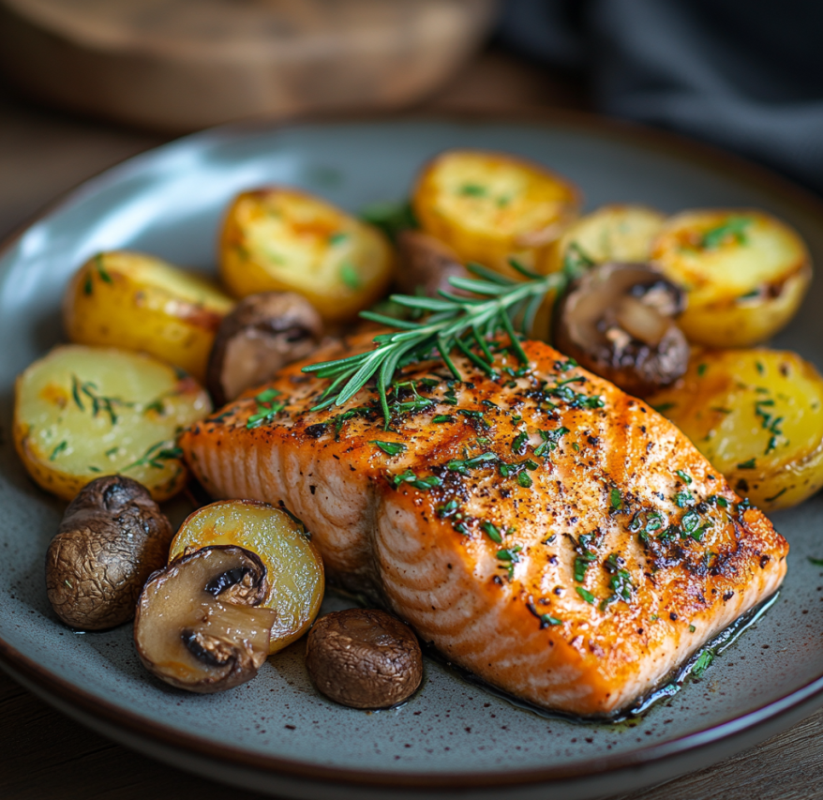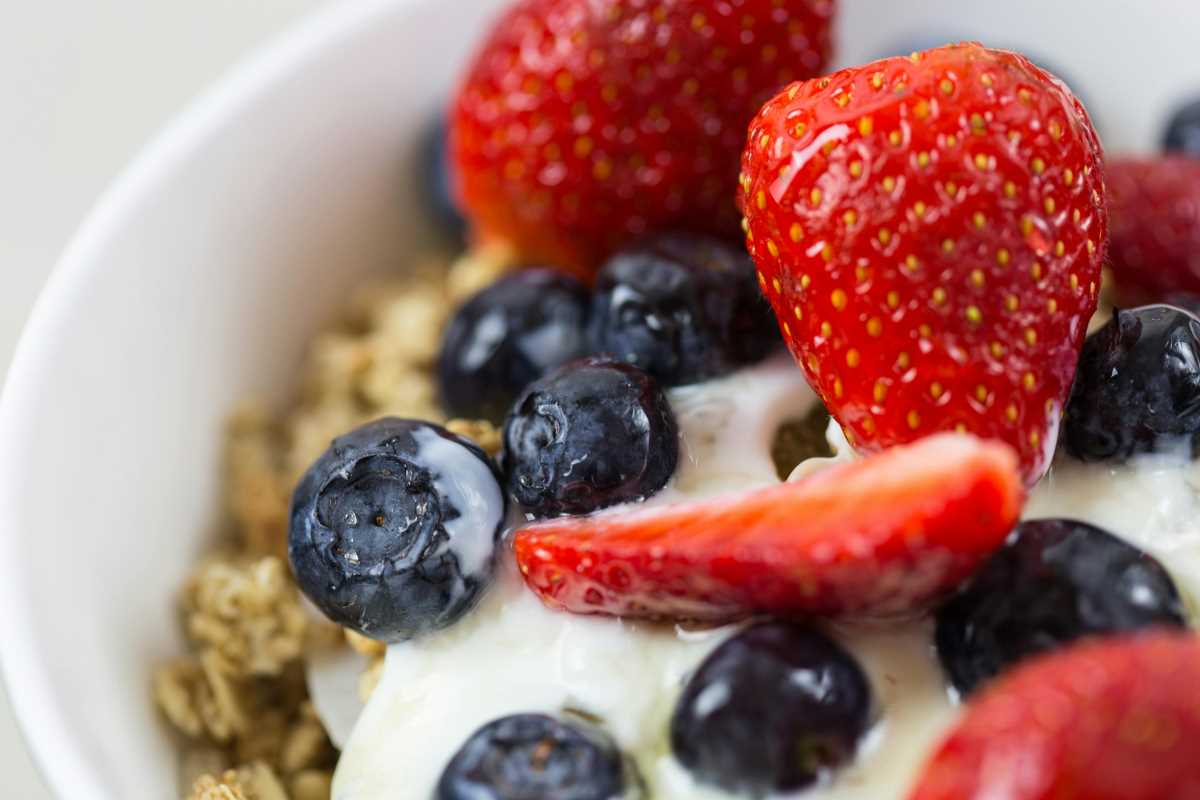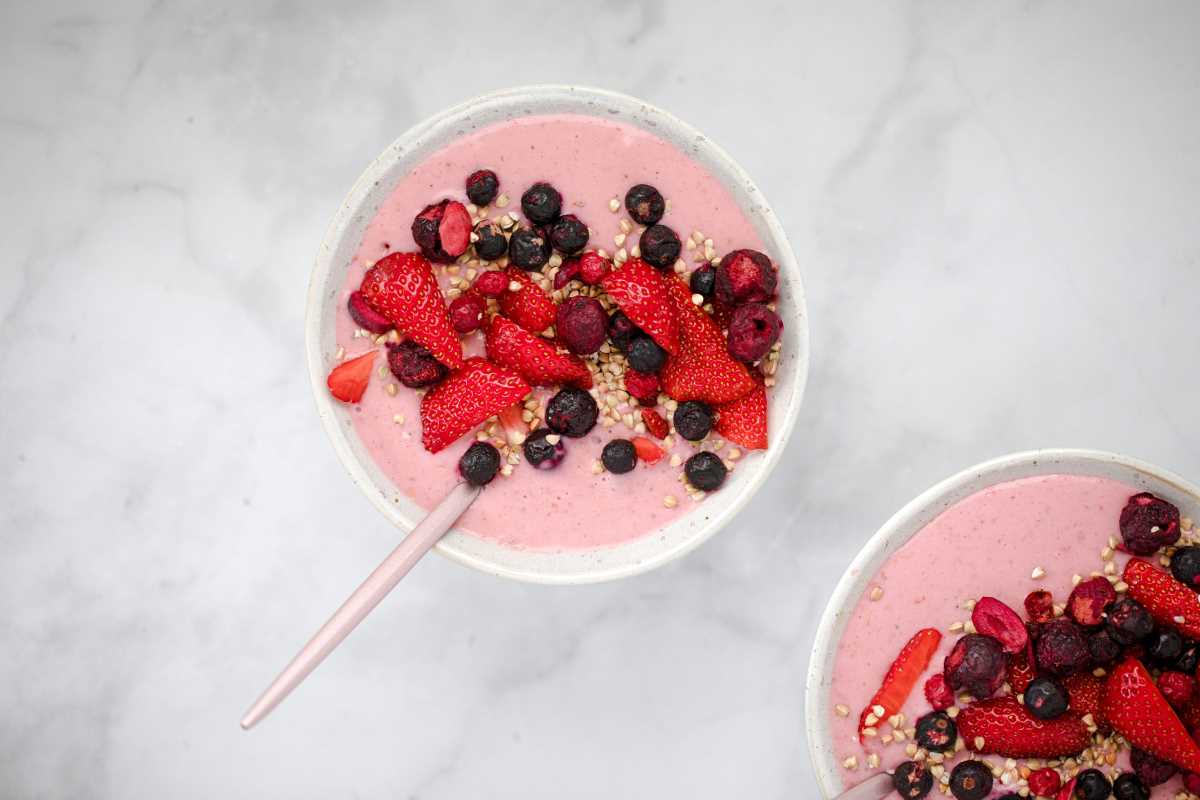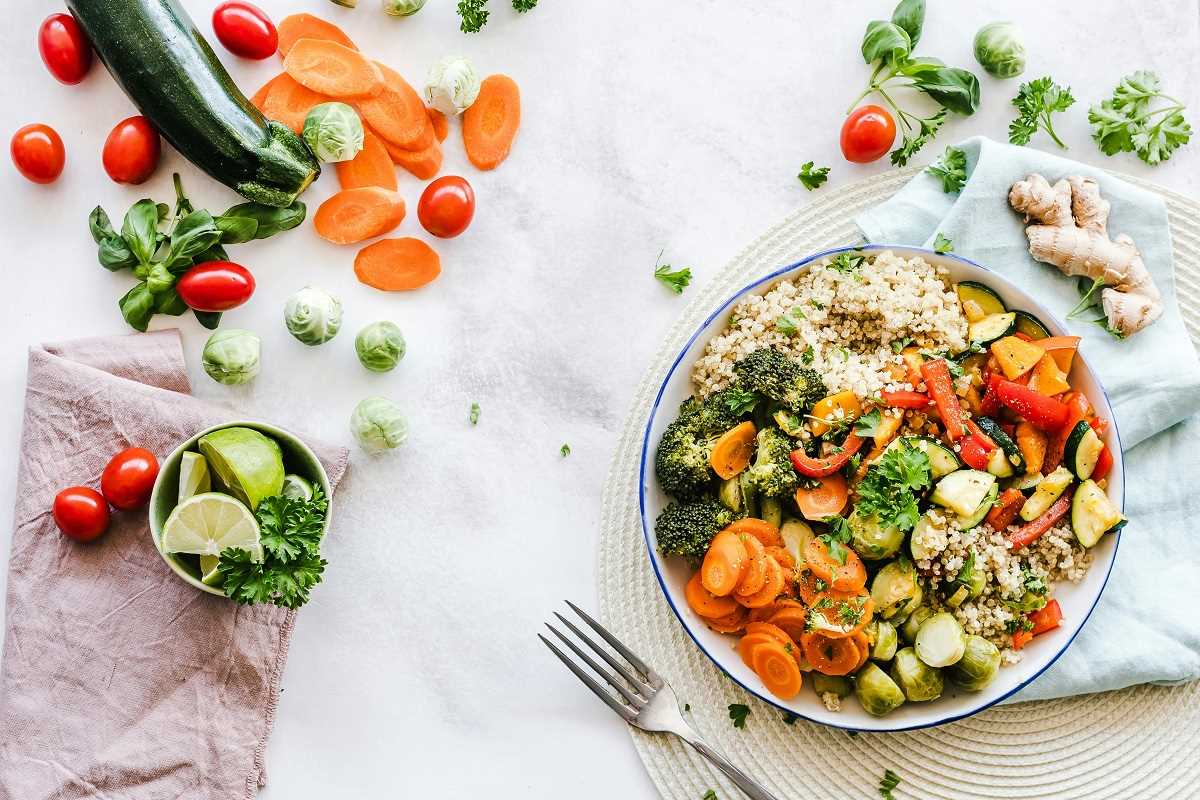If there's one simple change that can inject more vibrancy and energy into your meals, it’s incorporating more fruits and vegetables into your daily diet. Packed with vitamins, minerals, and fiber, these natural powerhouses not only support your health but also make your meals more colorful and enticing. However, for many of us, squeezing in the recommended servings of fruits and vegetables can feel like a daunting task. But don’t worry – it’s easier than you think! By making small, achievable adjustments to your food habits, you can effortlessly transform your plate into a celebration of nature’s finest.
Whether you’re cooking for one, feeding a family, or adjusting to a different pace of life post-retirement, these tips will help you add more fruits and veggies to your meals in easy, creative, and delicious ways.
Start Your Day with a Nutritional Boost
Breakfast sets the tone for the day, so why not make it a delicious, fruit-filled affair? Incorporating fruits and vegetables into your morning routine can be surprisingly simple and satisfying.
- Blend It Up: Smoothies are a quick and fuss-free option. Toss in a handful of spinach or kale with frozen berries, a ripe banana, and almond milk. The fruit masks the taste of the veggies, leaving you with a sweet and nutritious drink to enjoy.
- Top Your Toast: If avocado toast has taken the food world by storm, it’s for good reason! Spread creamy avocado on whole-grain toast and top it with thin slices of tomato, cucumber, or a sprinkle of microgreens.
- Sweeten Your Cereals: Sprinkle fresh berries, diced apples, or a handful of raisins over your oatmeal or cold cereal. It’s an easy way to sweeten your breakfast naturally while sneaking in more nutrients.
Mornings are a perfect opportunity to get creative with flavors while sneaking in a few servings of nature’s best.
Snack Smarter with Colorful Choices
Snacking doesn’t need to revolve around chips and cookies. By simply swapping out processed snacks for fruits and vegetables, you can satisfy cravings and nourish your body at the same time.
- Stock Up on Easy-to-Eat Options: Keep baby carrots, cherry tomatoes, and sliced bell peppers in your fridge for quick snacking. Pair them with hummus or a creamy yogurt-based dip for extra flavor.
- Go Nuts for Fruit: Instead of reaching for salty snacks, grab an apple, a handful of grapes, or a peeled orange. Nature’s candy comes in countless flavors and textures – explore until you find your favorites!
- Mix It Up: Prepare a homemade trail mix with dried fruits like cranberries, apricots, or raisins, mixed with unsalted nuts and seeds. It’s a portable, satisfying snack for when you’re on the go.
Snacks don’t have to be bland to be healthy. With a little preparation, your fridge or pantry can become a treasure trove of wholesome choices.
Sneak Veggies into Your Lunches
Lunchtime offers endless opportunities to boost your veggie intake. With a few swaps and additions, you can enjoy meals that are both hearty and nutrient-rich.
- Upgrade Your Sandwiches: Add crisp lettuce, juicy tomato slices, or crunchy cucumber rounds to your sandwiches. You can also experiment with grilled zucchini or roasted red peppers for something new.
- Reinvent Salads: Salads don’t have to be boring! Start with a base of mixed greens, then layer on colorful veggies like shredded carrots, cherry tomatoes, radishes, and avocados. Toss in a sprinkle of sunflower seeds or crumbled feta for texture and taste.
- Try Veggie-Based Soups: Soups are a perfect way to load up on vegetables. Classic options like tomato, minestrone, or butternut squash soup are flavorful, hearty, and packed with nutrients.
Think of lunch as a blank canvas. With a little inspiration, you can transform ordinary meals into vibrant creations brimming with flavor.
Down-to-Earth Dinners
Dinner is often the main meal of the day, making it the ideal time to pile on the produce. By making vegetables a central part of your evening meal, you can explore exciting and satisfying flavor combinations.
- Make Veggies the Star of the Dish: Instead of making vegetables just a side, turn them into the main course. Roast a mix of carrots, parsnips, and Brussels sprouts for a comforting, caramelized dish, or stuff a bell pepper with grains, beans, and your favorite spices.
- Use Veggie Substitutions: Replace traditional grains with vegetable alternatives like cauliflower rice, zucchini noodles, or spaghetti squash. These swaps are fun to make, low in calories, and high in nutrients.
- Go Global: Many international cuisines put vegetables front and center. Try a stir-fry with broccoli, snap peas, and mushrooms, or enjoy a hearty ratatouille loaded with eggplant, zucchini, and tomatoes.
The key to enjoying a veggie-packed dinner is variety. Experiment with new recipes and flavors to keep mealtime exciting.
Sweeten Dessert with Mother Nature’s Goodness
Who says desserts can’t be healthy? Fruits pack natural sweetness, making them the perfect ingredient for indulgent yet wholesome treats.
- Fruit Parfaits: Layer Greek yogurt with fresh berries, sliced bananas, and a drizzle of honey. Add granola for a pleasing crunch.
- Baked Fruits: Bake apples or pears with a sprinkle of cinnamon and a dollop of whipped cream. The natural sugars in the fruit caramelize during baking, creating a dessert that’s simple yet satisfying.
- Frozen Treats: Blend ripe mangoes, peaches, or berries with a bit of water and freeze the mixture into popsicle molds. Homemade fruit pops are a refreshing dessert that’s far better than store-bought alternatives.
Desserts can be both decadent and nutritious when you allow fruits to take center stage.
Pro Tips for Staying on Track
Adding more fruits and vegetables to your meals is a long-term habit that grows over time. These tips can help you stay on track:
- Make It Visible: Keep a bowl of fresh fruits on your kitchen counter or dining table where you’ll see it often.
- Plan Ahead: When grocery shopping, plan meals and snacks that revolve around fruits and vegetables. Having a plan minimizes the chance of resorting to processed foods.
- Prep in Advance: Wash, chop, and store vegetables in the fridge after grocery shopping. When they’re prepped and ready, you’re more likely to reach for them.
- Experiment with Farmers' Markets: Explore local farmers' markets to discover seasonal and fresh fruits and vegetables. It’s a great way to get inspired and try new produce.
- Treat Yourself: If you’re hesitant to face the chore of preparing veggies, invest in kitchen gadgets like spiralizers, peelers, or a quality blender. They can make cooking easier and more fun.
Small changes lead to significant results. Keep experimenting and finding what makes adding fruits and vegetables easier and more enjoyable for you.
A Healthier, Happier You
Adding more fruits and vegetables to your daily meals isn’t about perfection; it’s about progress. Every morsel of fresh produce you include in your diet is a step toward better health, more energy, and tastier meals. By using these simple strategies, you can make fruits and vegetables an effortless part of your everyday routine.
And who knows? You might even find joy in cooking, trying new flavors, and sharing vibrant meals with loved ones. Remember, healthy eating is a celebration—not a chore. Now go ahead, grab those apricots or chop those carrots, and treat yourself to the wonderful world of fresh, flavorful foods!
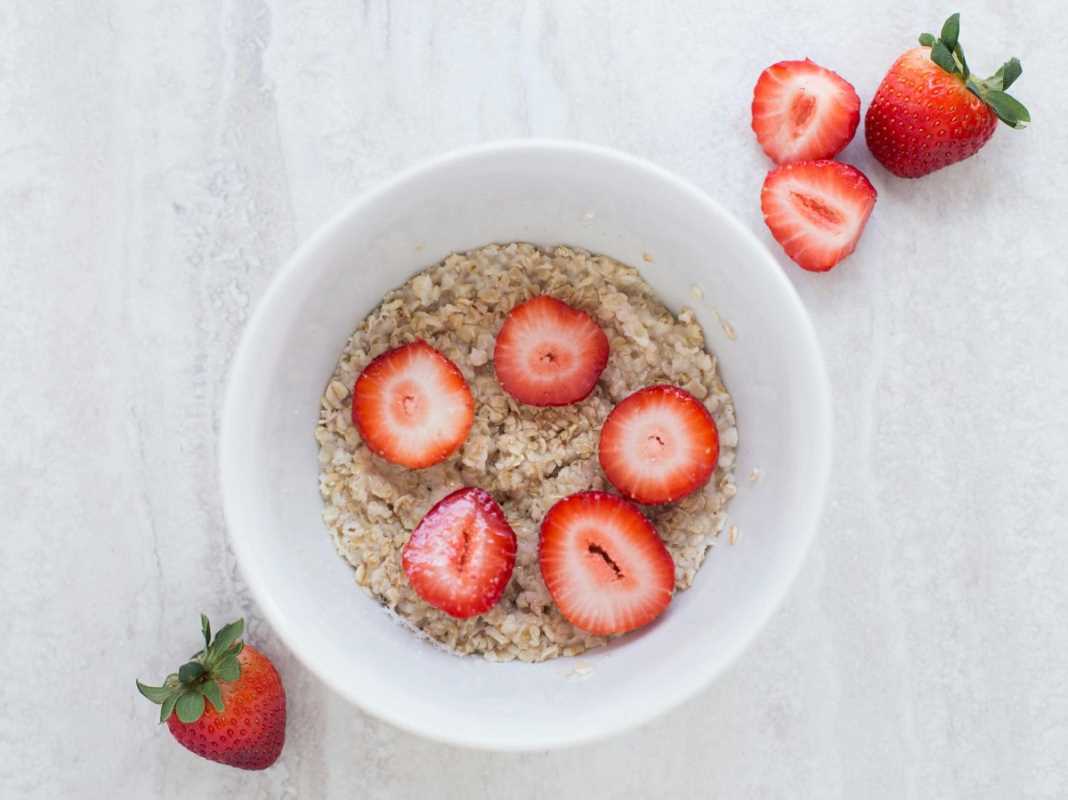 (Image via
(Image via
